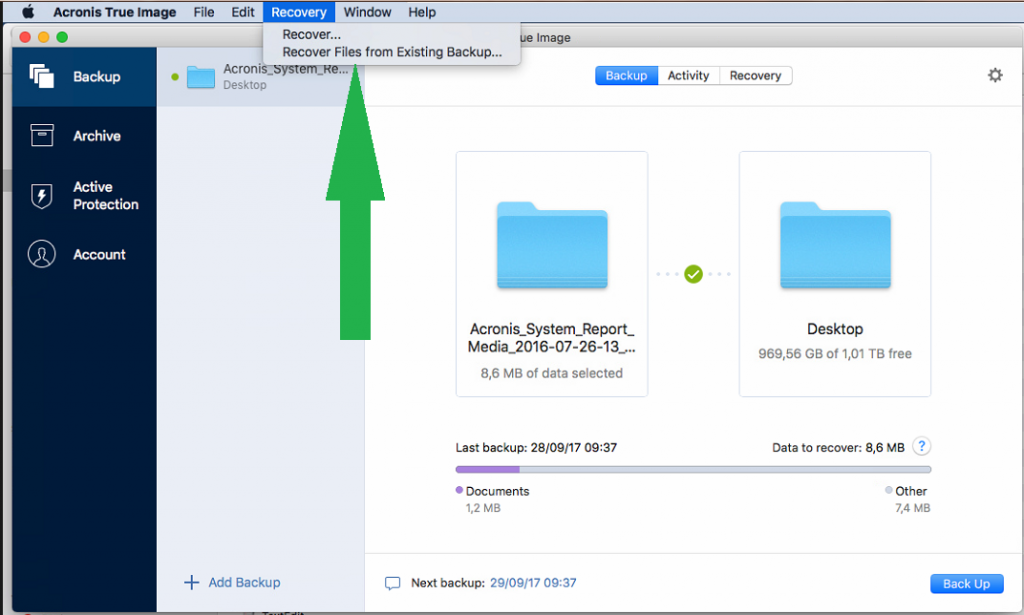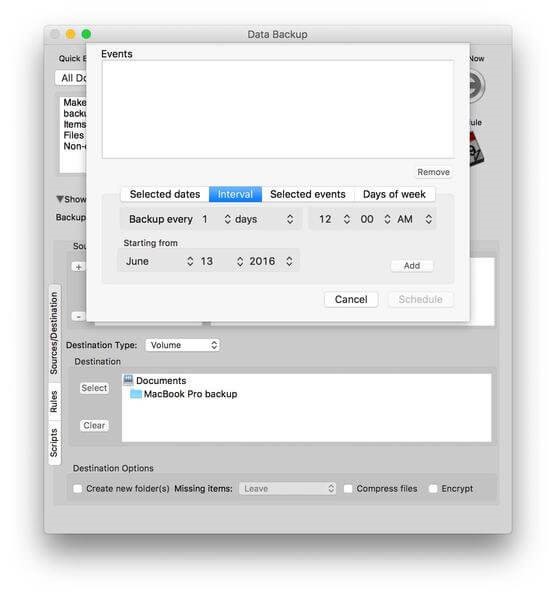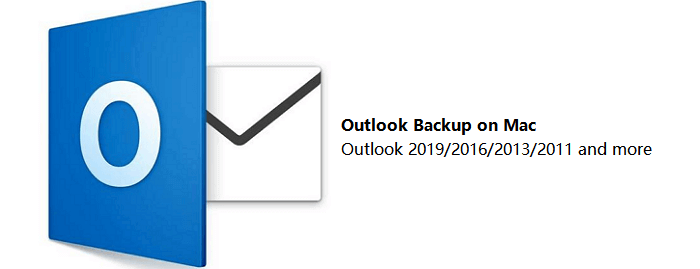

- #MAC BACKUP SOFTWARE RATINGS 2016 HOW TO#
- #MAC BACKUP SOFTWARE RATINGS 2016 MAC OS#
- #MAC BACKUP SOFTWARE RATINGS 2016 FULL#
- #MAC BACKUP SOFTWARE RATINGS 2016 MAC#
(Others save time and space by backing up only critical data files.) That could be a lifesaver in the event your primary hard drive crashes, because it saves an exact copy of your hard drive, including application software. Some external drives let you create an exact duplicate of everything on your hard drive.
#MAC BACKUP SOFTWARE RATINGS 2016 MAC#
Some software that comes with external drives works for only one computer and some requires you to reformat the drive if you move between a Mac and a PC, which means you'd lose your data.

If you want to use your external drive to back up more than one computer, make sure it allows for that.

The ones that don't require any software installation are the simplest just plug them in and after a few clicks, the backup begins. Most drives and online services incorporate features aimed at convenience, but some do a better job than others. The easier a backup is to perform, the more likely you are to actually do it. To make sure you back up regularly, choose the backup system that is easiest for you to use and has the capacity you need. Yet most of us are surprisingly cavalier about copying that often-irreplaceable material to another location for safekeeping. Home computers hold a lot that we care about, from pictures to music to letters. See Offsite data storage for some possibilities. For irreplaceable content, consider supplementary backup at a second location. If your backup hard drive and your computers live side by side, your data is vulnerable to burglary, fire, flood, or other calamities.
#MAC BACKUP SOFTWARE RATINGS 2016 MAC OS#
Windows 8 includes the same backup as Windows 7 but adds a feature called "File History" that backs up copies of files similar to the way Mac OS X's Time Machine does.
#MAC BACKUP SOFTWARE RATINGS 2016 HOW TO#
The interface is simple, though it might take some effort to learn how to set backup time and frequency. There's an option to let Windows select the files to back up, or you can select them yourself. Windows XP, Vista, and 7 have built-in backup capability. Time Machine's slick interface makes it easy to use. You can restore the most recent version of a file that has been modified over time. Max OS X 10.5 (Leopard) or later includes Time Machine, which automatically backs up everything on your hard drive and lets you restore anything from a single file to the entire drive. Another option is to use the backup software included with your operating system. Third-party backup software can cost $20 to $60, but could be well worth it, if only for peace of mind. Even software bundled with some drives can have limitations, such as the inability to back up onto CDs, DVDs, or networked drives. Some low-priced drives come with no software or with backup software that's short on features and flexibility. An external hard drive that runs without software installation, or performs a backup with the push of a button, is a good alternative.

Just keep in mind that the handiest options-a thumb drive or optical disc-might require multiple discs or devices for a complete backup. A wired connection is 5 to 50 times faster than a typical wireless connection.Īre You Computer Savvy? Setting up a backup is relatively easy, but if you're not tech savvy, you might want to choose a simpler solution. If your computer is near the router, consider connecting it via Ethernet cable to improve speed. Installation takes a little more computer knowledge than using an external drive. If you have several computers running on a home network, consider a network drive, which you can share. A network or external drive is a reasonable alternative. An extra internal hard drive would be the fastest solution, but installation requires some technical know-how.
#MAC BACKUP SOFTWARE RATINGS 2016 FULL#
After the first full backup, which could take two or more days to complete, things go faster, but if you create a lot of music, video, or image files each day, you should consider a faster solution. Online storage services sound great until you realize how slow they are. If you need to take your backup with you, you'll want a drive that's small enough to carry around. You'll save relatively little by buying less capacity than that so get as large a drive as you can afford-at least as much capacity as your computer's internal hard drive. You could spend $100 to $200 on a 2 terabyte drive, or closer to $300 for a 4TB model, but do you really need that much space? A 500GB to 750GB drive might accommodate your needs well into the future.


 0 kommentar(er)
0 kommentar(er)
